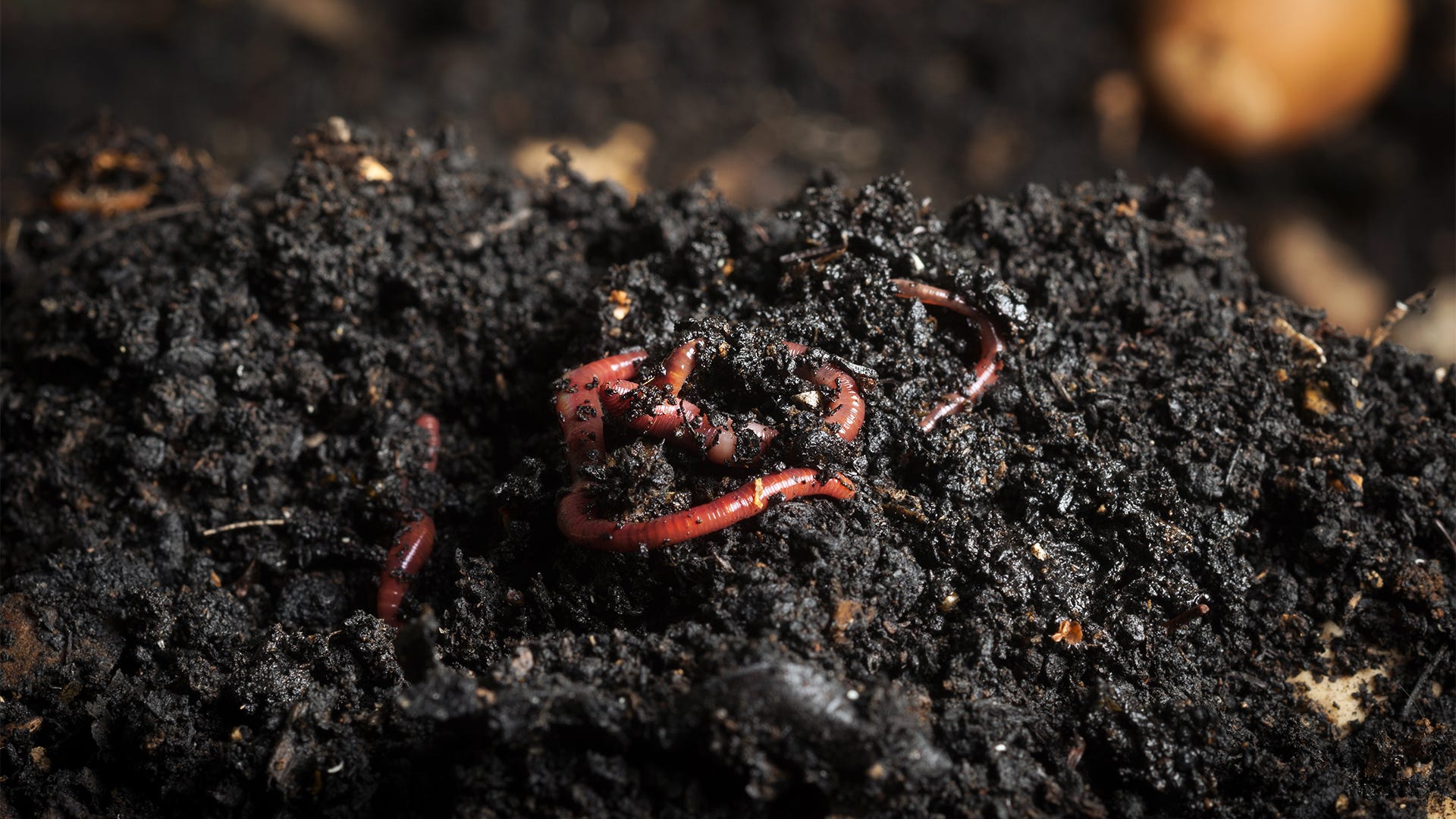Increase Dirt Health Naturally With Red Wigglers
The integration of red wigglers right into soil management practices offers a compelling method for improving soil health and wellness normally. These earthworms not only transform natural waste right into beneficial vermicompost, however their natural habits additionally advertise improved soil framework, aeration, and nutrient schedule.
Benefits of Red Wigglers

Furthermore, red wigglers enhance soil structure by producing networks as they burrow through the planet. This task improves aeration and drain, helping with root growth and making certain that plants receive sufficient oxygen and dampness. Additionally, the spreadings created by red wigglers are high in nutrients such as nitrogen, phosphorus, and potassium, which are crucial for plant growth.
Red wigglers likewise aid in the reduction of unsafe pathogens and pests by outcompeting them for sources, even more adding to a much healthier soil environment. Their existence can lead to a reduction in the requirement for synthetic plant foods and pesticides, advertising lasting agricultural practices. On the whole, integrating red wigglers right into soil management methods offers an all-natural and efficient methods of enhancing soil vitality, therefore supporting durable plant growth and agricultural efficiency.
Establishing Vermicomposting
Establishing a vermicomposting system is a useful means to harness the impressive advantages of red wigglers in boosting soil wellness. red wigglers. To start, choose a suitable container-- ideally, a plastic or wood bin with a cover to keep moisture and temperature. The bin needs to have water drainage openings to avoid excess water build-up
Next, prepare bed linens product, which functions as an environment for the worms. Ideal products include shredded paper, cardboard, or coconut coir. Objective for a deepness of 4-6 inches to provide adequate space for the worms.
When the bed linens is in area, introduce the red wigglers, commonly at a ratio of one extra pound of worms for every single square foot of area in the container. Following this, include cooking area scraps such as vegetables and fruit peels, coffee premises, and crushed eggshells. Stay clear of meat, dairy products, and oily foods, as these can draw in parasites.
(Lake James Worms)
Taking Care Of Your Worms
Keeping the health of your red wigglers is important for a flourishing vermicomposting system. Correct care guarantees that these advantageous microorganisms can properly damage down natural issue and enrich your soil.
Feeding your worms is one more key aspect of their care. Red wigglers thrive on kitchen scraps such as vegetables and fruit peels, coffee grounds, and crushed eggshells. Stay clear of feeding them citrus fruits, onions, and milk items, as these can develop an inhospitable setting. Display the amount of food you provide to avoid overfeeding, which can bring about odor concerns and attract insects.
Temperature level administration is vital; worms favor an array of 55 to 77 levels Fahrenheit. By complying with these guidelines, you will cultivate a healthy and balanced ecosystem for your red wigglers.
Utilizing Worm Spreadings in Dirt
Worm castings, typically described as "black gold," are an effective modification that can substantially boost soil health and wellness and fertility. red wigglers. These nutrient-rich, organic plant foods are generated by red wigglers during their food digestion procedure, causing a carefully textured product that is advantageous for plants and soil alike
Including worm castings right into your soil enhances its framework, improving oygenation and water retention. This is specifically beneficial for sandy soils that drain pipes too rapidly, in addition to hefty clay soils that can end up being compacted. Worm spreadings are packed with vital nutrients, consisting of nitrogen, phosphorus, and potassium, which are important for plant development.

Ultimately, making use of worm castings cultivates a growing ecological community within the dirt, leading to much healthier plants and more sustainable horticulture methods.
Tips for Effective Composting
Successful composting requires mindful attention to a few vital principles that can dramatically enhance the high quality of the final item. First, balance is critical; keep a correct proportion of environment-friendly materials (nitrogen-rich) to brown products (carbon-rich), ideally around 1:3. This equilibrium promotes efficient decay and reduces odors.
2nd, aeration plays an essential function. Routinely transforming the garden compost stack improves oxygen circulation, which speeds up microbial task and accelerate the composting process. Go for a pile dimension of a minimum of 3 feet by three feet to retain heat, which additionally advertises decomposition.
(red worms for composting)
Dampness material is an additional necessary variable; the garden compost must perspire but not soaked. An excellent look at here now policy of thumb is to achieve a moisture degree comparable to that of a wrung-out sponge. Way too much water can lead to anaerobic conditions, while too little can reduce disintegration.
Last but not least, monitor the temperature level of the garden compost. A temperature series of 130 ° F to 160 ° F suggests energetic composting and helps kill microorganisms and weed seeds. By sticking to these principles, you will certainly produce a nutrient-rich garden compost that sustains soil wellness and enhances plant growth.
Verdict
Integrating red wigglers into horticulture techniques boosts soil wellness with natural processes. These worms add to the malfunction of natural products, causing nutrient-rich vermicompost that enhances dirt structure and fertility. Their burrowing activities promote aeration and water drainage while reducing unsafe pathogens and parasites. By developing and keeping a vermicomposting system, gardeners can promote a sustainable community that sustains durable plant development and long-lasting dirt durability, ultimately benefiting farming performance and ecological wellness.